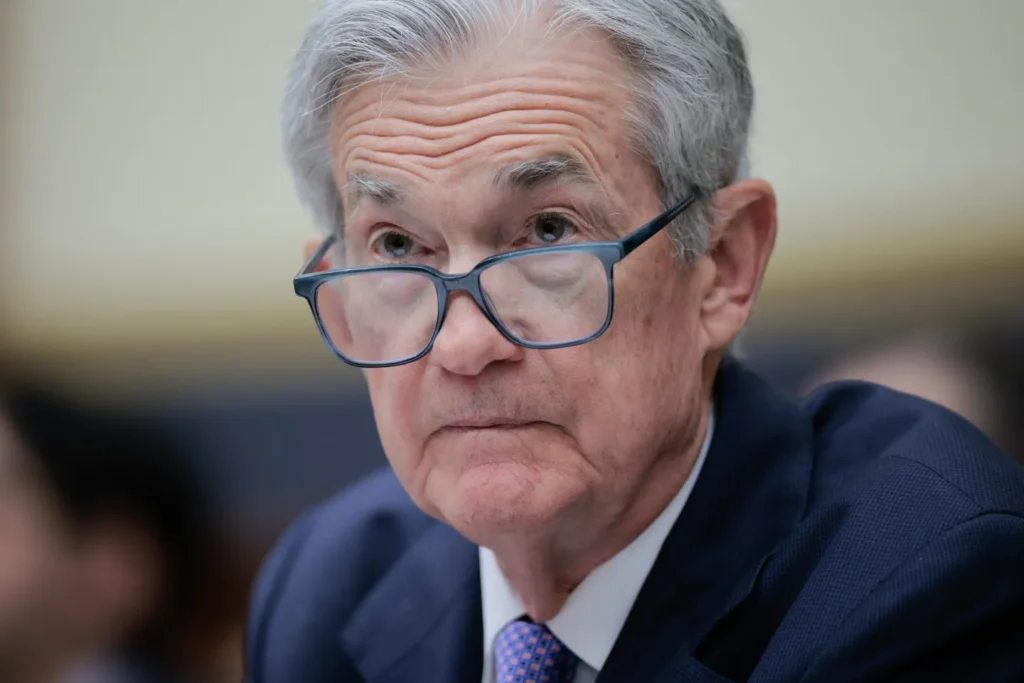The Federal Reserve has indicated that it may reduce interest rates in the near future, a move that has sparked optimism in the U.S. economy and contributed to a rally in financial markets. Investors and businesses are closely watching the Fed’s signals, seeing potential rate cuts as a way to stimulate growth and ease borrowing costs.
The central bank’s statement emphasized that policymakers are monitoring economic conditions and may adjust rates to maintain stable growth. Analysts note that a lower interest rate environment can encourage spending and investment, which can further support economic expansion.
Markets reacted positively to the announcement, with major stock indices posting gains following the news. Investors interpreted the Fed’s signals as a sign that the economy remains resilient, despite earlier concerns over inflation and slower growth.
Experts explain that the Federal Reserve uses interest rates to balance economic growth with inflation control. Lowering rates makes borrowing cheaper for consumers and businesses, encouraging spending and investment. Conversely, higher rates can help slow inflation but may reduce economic activity. The Fed’s current stance suggests that policymakers are willing to prioritize growth while keeping an eye on inflation trends.
Financial analysts highlight that potential rate cuts could also benefit mortgage rates, business loans, and personal credit. Homebuyers, for example, may find lower mortgage rates more accessible, boosting the housing market. Businesses could also take advantage of cheaper financing to expand operations or invest in new projects.
Consumer confidence is another area likely to be affected by possible rate reductions. When interest rates decrease, individuals often feel more secure about spending, knowing that borrowing costs for credit cards, loans, and mortgages may be lower. This can create a positive feedback loop that further supports economic activity.
The Fed’s communication strategy plays a key role in managing market expectations. By signaling possible future rate cuts, the central bank provides guidance that allows investors and businesses to make informed decisions. Analysts say that transparency in monetary policy helps reduce market volatility and build confidence in economic stability.
While the potential for lower rates is encouraging, some economists caution that the effectiveness of rate cuts depends on broader economic conditions. Global trade, labor markets, and consumer spending all influence how much impact interest rate adjustments will have. The Fed’s ongoing assessments aim to balance these factors carefully.
Market observers also note that rate cuts are part of a broader toolkit for economic management. Alongside other measures, including fiscal policies and government programs, monetary policy adjustments can help maintain a stable economic environment. Investors are encouraged to monitor both domestic and international developments to gauge the full impact of Fed decisions.
The Federal Reserve’s hint at interest rate reductions signals a proactive approach to supporting growth and maintaining confidence in the economy. Many experts view this as a positive sign that the central bank is prepared to act as needed to sustain economic momentum.
With potential rate cuts on the horizon, businesses and consumers alike are likely to feel the benefits of lower borrowing costs. Financial markets may continue to respond positively as investors anticipate improved economic conditions and stronger growth prospects.
The Fed’s indications reinforce the idea that monetary policy remains a critical tool for maintaining economic stability. By signaling the possibility of rate cuts, the central bank has provided a boost to both market sentiment and consumer confidence, laying the groundwork for potential continued growth.


